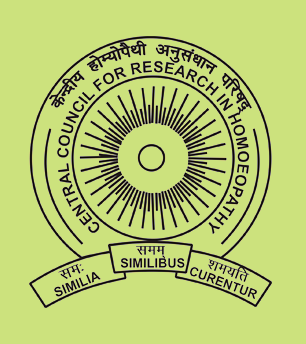Indian Journal of Research in Homoeopathy
Author ORCID Identifier(s)
Keywords
Homoeopathy, Individualisation, Ringworm, Sulphur, Tinea cruris
Article Type
Case Report
Abstract
Introduction: Tinea cruris is an infection of the skin over groins by a species of dermatophyte. It is a common ringworm infestation that affects the groin and is caused by Trichophyton rubrum, characterised by red, itchy erythematous plaques extending from the Groin and flexures onto the thighs, buttocks and perianal region of the skin. More than eight million people visit primary care physicians annually to treat tinea-related symptoms. Topical agents are the mainstay in conventional medicine. However, a holistic approach with Homoeopathy for treating tinea cruris can make a difference in terms of both cure and preventing relapse. Case Summary: A 30-year-old male presented with a ring-like red erythematous lesion on the buttocks and perianal region of skin with severe itching. The case was diagnosed clinically as tinea cruris. The patient was treated with individualised homoeopathic medicine Sulphur 1M in a single dose and followed up for 6 months. There was a complete disappearance of tinea cruris lesions, as documented as photographic evidence, without any adverse effects and recurrence of lesions in the follow-up period. In this case, the outcome and causal attribution of the changes were assessed using the Modified Naranjo Criteria for Homoeopathy. The score was +10 showing the positive relationship between the intervention and the outcome. This case shows the positive role of individualised homoeopathic medicine in the management of tinea cruris.
Digital Object Identifier
10.53945/2320-7094.1298
Publisher
Central Council for Research in Homoeopathy
Creative Commons License

This work is licensed under a Creative Commons Attribution-NonCommercial-Share Alike 4.0 International License.
How to cite this article
Sivakumar K. Tinea cruris managed with a single dose of individualised homoeopathic medicine: A case report. Indian J Res Homoeopathy 2024;18:21-28. doi: 10.53945/2320-7094.1298
Submitted
13-11-2022
Published
28-03-2024



